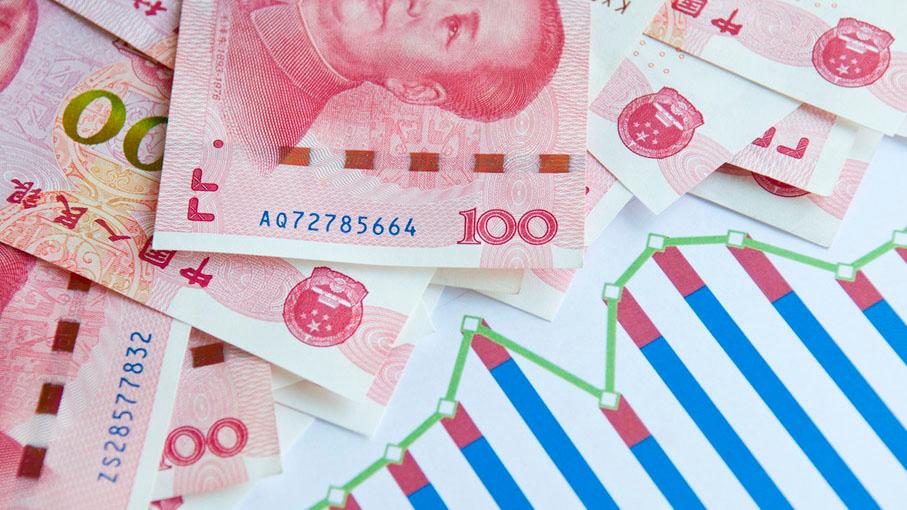At a press conference on July 11, Gao Feng, spokesperson for the Ministry of Commerce of China, noted that against the background of rising trade protectionism globally, China’s actualized use of foreign investment increased for the first half of 2019 to 478.33 billion yuan (US$69.55 billion), an annual increase of 7.2 percent.
China is the world’s largest trader in goods. After over four decades of reform and opening-up, the Chinese market has not only livened up, but is also growing increasingly mature, read an editorial by the Beijing Youth Daily.
While its labor costs are rising, systemic costs of the Chinese market are still at a low level, which, combined with its supply of mature technical workers, provides foreign investors with a more stable expectation of “labor plus technologies” than in Southeast Asia, according to the article. Those who move out of China are primarily labor-intensive companies, more susceptible to trade war and rising labor costs.
China’s business-friendly policies have also been upgrading. The country rolled out the Foreign Investment Law earlier this year, and opens an increasing list of sectors to foreign investment and/or the option of a foreign-controlled stake.
And breaking away from the past when foreign-investment companies faced legal and policy constraints in the Chinese market but enjoyed subsidies from local governments, the country now increasingly gives market players more equal treatment in legal and systemic aspects. This shores up foreign investor confidence in the Chinese market, the editorial read.
As China is seeking to transform and upgrade its manufacturing, foreign investors need also to catch up in their thinking; they must not dismiss the market as merely a low-end industrial chain, but have the foresight to note that high-end manufacturing and high-tech sectors have a larger competitive edge, the editorial argued.

 Old Version
Old Version